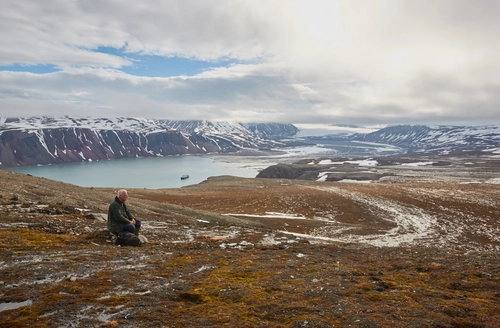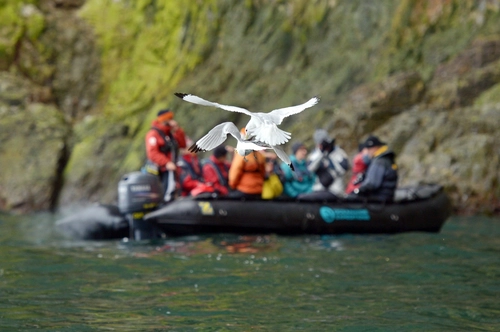We’ve previously discussed our north Spitsbergen journeys and Spitsbergen circumnavigations, but the eastern parts of this incredible island have not received the attention they deserve. Despite the name, our east Spitsbergen voyages explore much more than just the eastern side of Spitsbergen.
In fact, these trips cover eastern Svalbard, including remote islands like Edgeøya and Barentsøya (also known as Edge Island and Barents Island). While eastern Svalbard shares many similarities with the rest of the archipelago, the itineraries we follow offer a unique experience compared to our other Svalbard options.
For instance, there is a greater focus on local history, highlighting the trappers, researchers, and Pomor residents whose artifacts are still visible. One of the sites we aim to visit, Stretehamna, features an octagonal trapper’s cabin built around 1905, affectionately called “the carousel.” In this ruggedly scenic area, we also encounter a 19th-century Pomor house and often a walrus herd.

There’s more to explore. When we sail to Barentsøya, we aim to visit the hut of a German scientific expedition (Würzbugerhütte) that took place over half a century ago. At Ahlstrandhalvøya, at the mouth of Van Keulenfjorden, we witness the somber sight of beluga skeletons from 19th-century whale hunting. Fortunately, belugas were not hunted to extinction, so we may encounter some.
Eastern Svalbard is also an excellent place to spot polar bears. Even if few or no bears appear, the scenery is quintessentially high Arctic: 14 spectacular glaciers can be seen around the Bautaen area of Hornsund, and the mountains there (such as Hornsundtind) highlight why ancient Dutch explorers named these islands Spitsbergen, meaning “pointed mountains.”
The mountains of eastern Svalbard are not only breathtaking but also home to thousands of seabirds, such as little auks and kittiwakes. Harp seals, Arctic foxes, and reindeer are often seen along the lower elevations near the shore. Due to its remoteness, eastern Svalbard is less visited, which means you might see more wildlife there than in other areas.
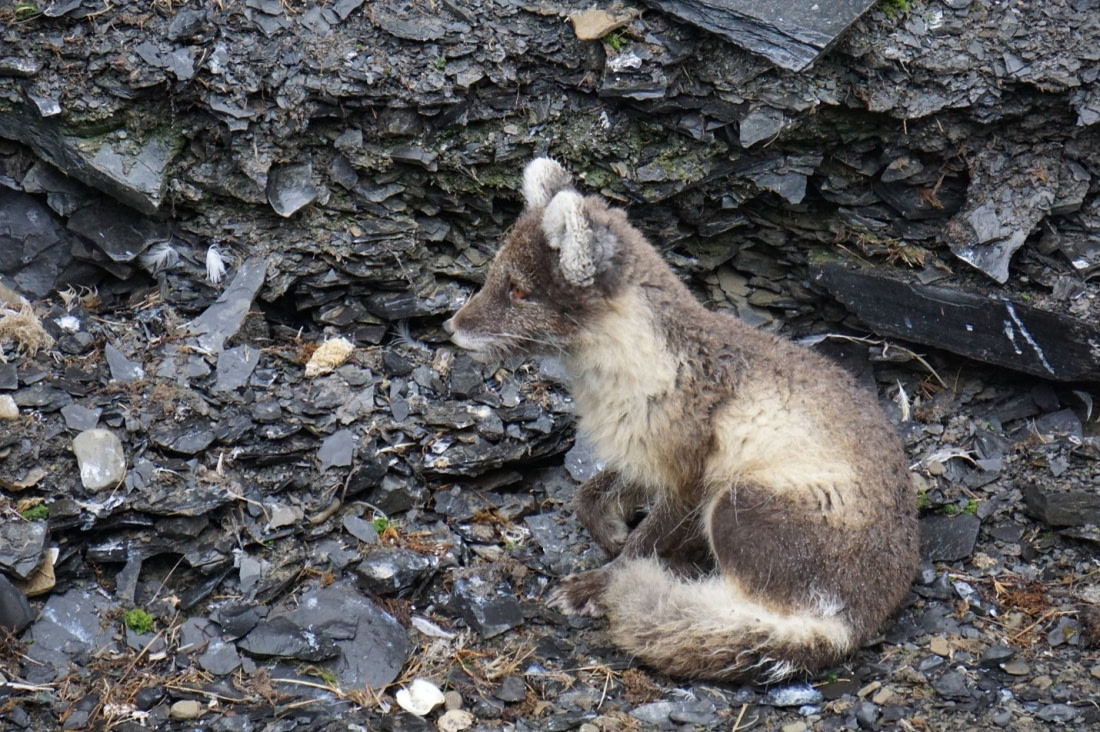
It’s no surprise that eastern Svalbard is a photographer’s dream. If you visit when the northern lights are visible, it adds to the magical atmosphere. However, many travelers prefer the 24-hour daylight of the midnight sun, which is why our Svalbard solstice trips are so popular. This phenomenon lasts from late June until late August, the peak season in Svalbard.
As with all Svalbard voyages, our east Spitsbergen trips offer some of the best chances of seeing polar bears in the Arctic. But there are many more animals in and around Svalbard than just polar bears: humpback whales, bearded seals, and puffins are also favorites among our guests. While we can never guarantee wildlife sightings, the wildlife of eastern Svalbard is often hard to miss.
All areas of Svalbard offer stunning Arctic beauty and the opportunity to see exotic species, making it true that each area is special for different reasons. But if you’re a traveler who enjoys local history and culture as much as wildlife, landscapes, and ice formations, an east Spitsbergen trip might be your best chance to see much more than just east Spitsbergen.





Related Trips
Blog


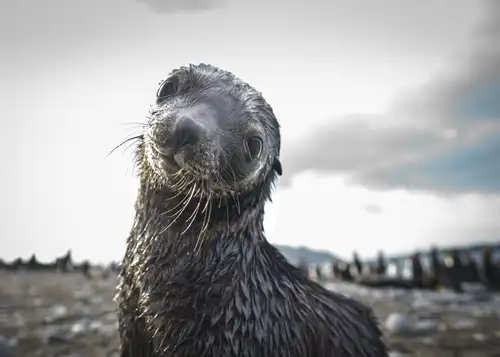
The secrets of Antarctic seals revealed

Arctic Flowers, Trees, and Other Plant Life
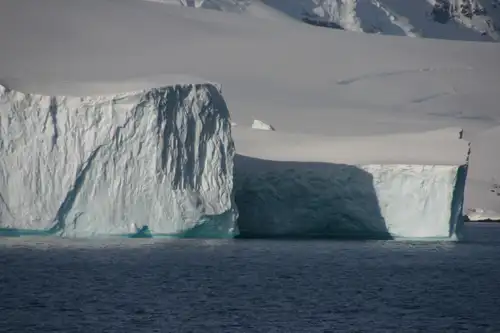
Antarctica: When to Visit, How to Plan, What to Expect

Seven Frightfully Fun Polar Ghost Stories

How Arctic Wildlife Differs from Antarctic
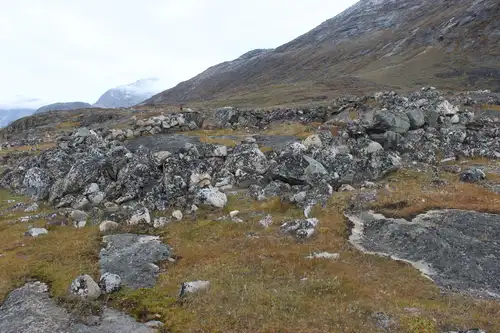
The Norse Settlement of Greenland

Ancient Arctic Exploration

What to pack for your Atlantic Odyssey voyage?

A Look Into the International Research Stations of Antarctica

Islands of the Blessed: Things to Do Around Cape Verde

What to Pack for Your Expedition Cruise to the Arctic or Antarctica

Penguins, Petrels, and Prions: Top Antarctica Bird Tour Spots
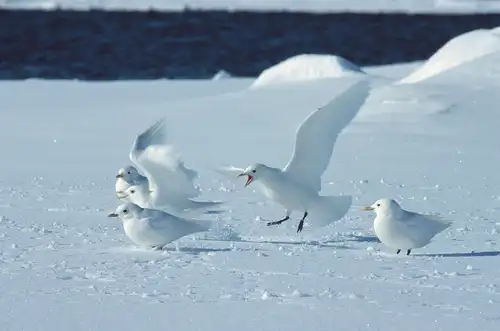
Birds of the North: 29 Arctic Birds and Seabirds
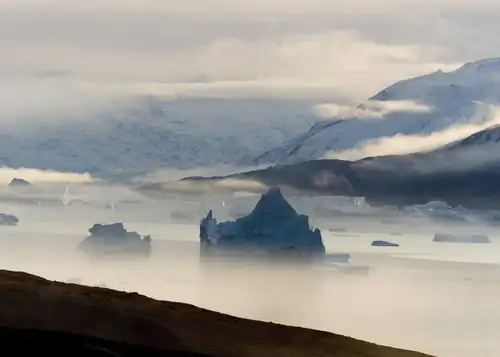
Peaks, Fjords, and Auroras: 14 East Greenland Attractions
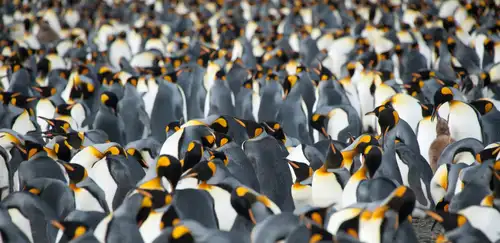
Experience King Penguins, Seals and More in South Georgia

Antarctic Icon: 44 Facts About the Emperor Penguin

The Return to Franz Josef Land

Antarctica’s first Marine Protected Area

10 Weather-Fueled Facts about Antarctica






 8 Days / 7 Nights
8 Days / 7 Nights


